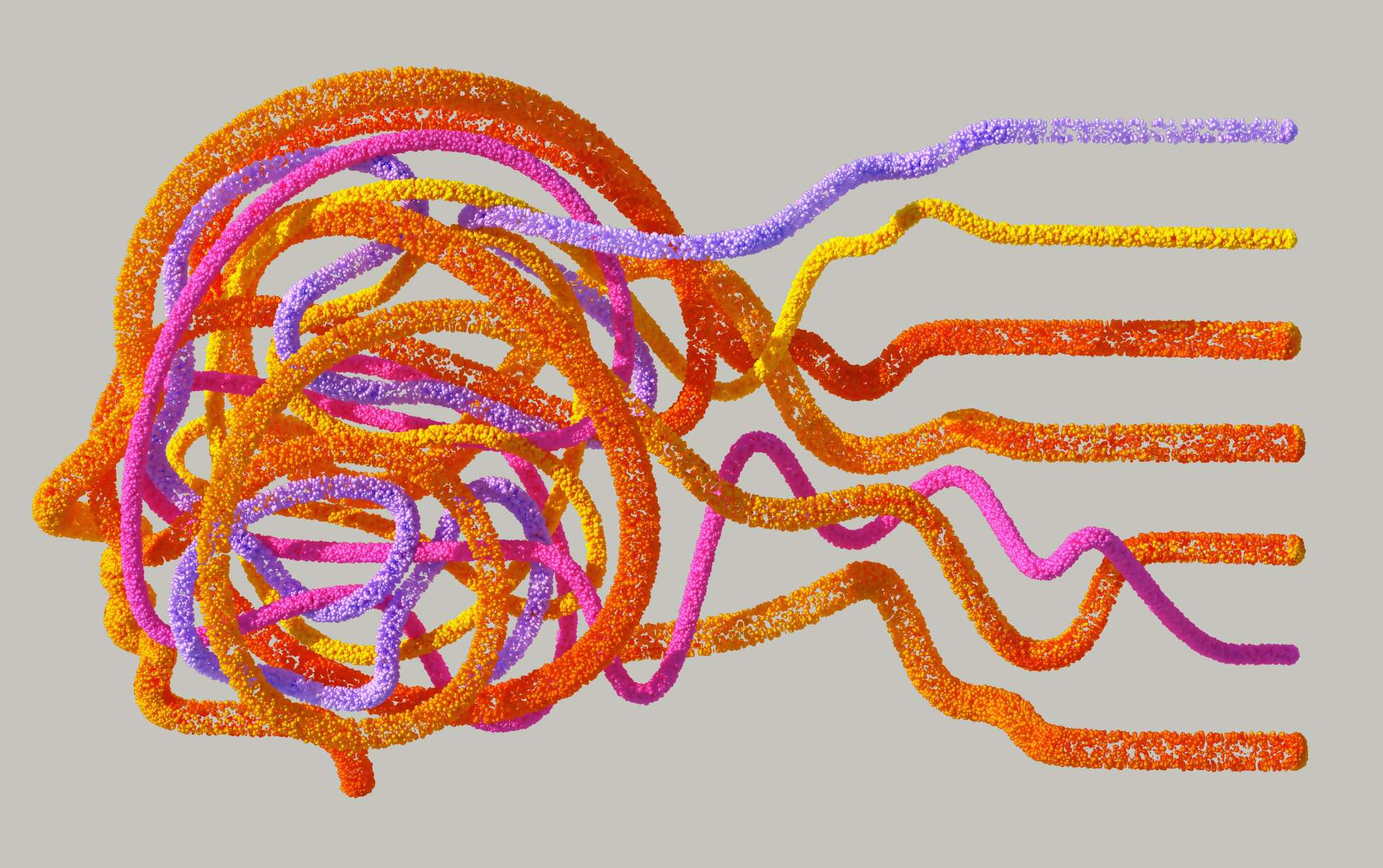
Your cortisol rhythm controls energy, sleep, and metabolism. Learn what a healthy cortisol curve looks like, signs of imbalance, and science-backed strategies to reset your body’s natural stress response for optimal health.
Introduction: Understanding Your Body’s Stress Hormone Rhythm
Cortisol, often called the “stress hormone,” is much more than just a marker of anxiety. This powerful steroid hormone follows a carefully orchestrated 24-hour cycle that influences nearly every system in your body. When functioning properly, your cortisol rhythm acts like a well-conducted symphony, coordinating:
- Morning alertness and energy
- Afternoon focus and productivity
- Evening relaxation and wind-down
- Deep, restorative nighttime sleep
However, modern lifestyles filled with chronic stress, artificial light, and irregular schedules have thrown many people’s cortisol rhythms into disarray. The consequences can be far-reaching, affecting:
✔ Weight management and metabolism
✔ Immune system function
✔ Cognitive performance and memory
✔ Emotional resilience
✔ Sleep quality and duration
This comprehensive guide will take you deep into the science of cortisol regulation, teach you to recognize signs of imbalance, and provide actionable strategies to reset your body’s natural rhythm for optimal health and vitality.

The Ideal Cortisol Curve: A Detailed Breakdown
A healthy cortisol rhythm follows a distinct pattern known as the diurnal rhythm. Let’s examine this cycle in detail:
Morning (6-8 AM): The Cortisol Awakening Response
- Levels peak (15-25 mcg/dL in saliva tests)
- Triggers wakefulness by increasing blood sugar and blood pressure
- Enhances memory formation and mental clarity
- Should create natural morning energy without needing caffeine
Mid-Morning to Afternoon (9 AM – 4 PM): Gradual Decline
- Levels decrease steadily but remain adequate for focus
- Supports sustained energy and stress resilience
- Allows for optimal digestion and nutrient absorption
Evening (5-9 PM): The Wind-Down Phase
- Significant drop in cortisol production
- Allows melatonin secretion to begin
- Prepares body for rest and recovery
Night (10 PM – 4 AM): The Recovery Zone
- Lowest cortisol levels (ideally <1 mcg/dL)
- Enables deep, restorative sleep stages
- Facilitates cellular repair and memory consolidation
Why This Rhythm Matters:
This natural ebb and flow coordinates with other hormonal cycles (like melatonin and growth hormone) to maintain homeostasis. When disrupted, it can lead to a cascade of health issues.

Signs Your Cortisol Curve Is Disrupted
Type 1: Flatlined Curve (Adrenal Fatigue Pattern)
Characteristics:
- Low cortisol throughout the day
- Difficulty waking even after 8+ hours sleep
- Dependence on caffeine to function
- Lightheadedness when standing quickly
- Salt cravings and low blood pressure
Common Causes:
- Chronic stress without adequate recovery
- Sleep deprivation
- Nutrient deficiencies (particularly B vitamins and magnesium)
- Autoimmune conditions affecting the adrenals
Type 2: Inverted Curve (Night Owl Pattern)
Characteristics:
- Low morning cortisol with evening surges
- Difficulty falling asleep before 1 AM
- Grogginess lasting several hours after waking
- Afternoon energy crashes
- Increased nighttime hunger
Common Causes:
- Late screen time exposure
- Irregular sleep schedules
- Caffeine consumption after 2 PM
- Delayed sleep phase disorder
Type 3: Spiked Curve (Hyper-Stress Pattern)
Characteristics:
- Elevated cortisol throughout day
- Waking between 2-4 AM with racing thoughts
- Difficulty “turning off” at night
- Weight gain around midsection
- Increased anxiety and irritability
Common Causes:
- Chronic work or relationship stress
- Over-exercising without recovery
- Blood sugar imbalances
- Perfectionist tendencies

Comprehensive Strategies to Reset Your Cortisol Rhythm
Morning Reset Protocol (6-10 AM)
- Natural Light Exposure
- Get 15-30 minutes of sunlight within 30 minutes of waking
- If sunlight isn’t available, use a 10,000 lux light therapy lamp
- Hydration Strategy
- Drink 16 oz of water with lemon and sea salt to support adrenal function
- Wait 90 minutes before caffeine to allow natural cortisol peak
- Movement Practices
- Gentle yoga or stretching (avoid intense workouts first thing)
- 5-10 minutes of deep breathing exercises
Daytime Support (10 AM – 4 PM)
- Nutrition for Stable Blood Sugar
- Balanced meals every 3-4 hours with protein, healthy fats, and fiber
- Avoid high-glycemic snacks that cause energy crashes
- Stress Management Techniques
- 5-minute mindfulness breaks every 2 hours
- Progressive muscle relaxation during work breaks
- Movement Strategies
- Afternoon walk to combat the post-lunch dip
- Desk stretches to prevent tension buildup
Evening Wind-Down (5-9 PM)
- Digital Sunset Protocol
- Install blue light filters on devices by 6 PM
- Complete screen time by 8:30 PM
- Relaxation Practices
- Warm bath with Epsom salts (magnesium absorption)
- Journaling to process the day’s events
- Sleep-Promoting Nutrition
- Light dinner with tryptophan-rich foods (turkey, pumpkin seeds)
- Herbal tea with chamomile or passionflower

Advanced Testing and Professional Support
When to Consider Cortisol Testing
- Persistent fatigue unrelieved by sleep
- Unexplained weight changes
- Chronic insomnia or sleep maintenance issues
- History of prolonged high stress periods
Testing Options
- 4-Point Saliva Test
- Measures free cortisol at key times throughout day
- Most accurate for assessing diurnal rhythm
- DUTCH Hormone Test
- Comprehensive adrenal and sex hormone assessment
- Includes cortisol metabolites
- Blood Serum Cortisol
- Single time-point measurement
- Less useful for assessing rhythm
Professional Therapies
- Adaptogenic herb protocols (personalized by a functional medicine practitioner)
- Neurofeedback training to improve stress response
- Acupuncture for adrenal support
- IV nutrient therapy for severe deficiencies

10 FAQs About Cortisol and Health
1. Can you permanently damage your adrenal glands?
While the adrenals are resilient, chronic stress can lead to long-term dysregulation that may take months to years to fully recover from. The medical term “adrenal insufficiency” refers to severe cases requiring medical intervention.
2. How does exercise affect cortisol?
The relationship is dose-dependent:
- Moderate exercise: Improves cortisol rhythm long-term
- Intense endurance training: Can spike cortisol if recovery is inadequate
- Overtraining syndrome: Leads to chronically elevated or blunted cortisol
3. Why do I get hungry at night when stressed?
High cortisol increases ghrelin (hunger hormone) while decreasing leptin (satiety hormone), particularly driving cravings for high-carb, high-fat foods.
4. Can meditation really lower cortisol?
Yes. Studies show:
- 8-week MBSR program: 20% reduction in cortisol
- Regular practitioners: Faster cortisol recovery after stressors
- Even brief sessions: Immediate decreases in stress markers
5. Are cortisol supplements safe?
Some can help when used properly:
- Phosphatidylserine: Blocks excessive cortisol
- Adaptogens: Help modulate response
- Avoid long-term corticosteroid use without medical supervision
6. How does caffeine affect cortisol?
- Increases cortisol by 30% when consumed on empty stomach
- Delays natural cortisol rhythm when consumed too early
- Can create dependency when used to compensate for poor sleep
7. What’s the connection between cortisol and belly fat?
Cortisol:
- Increases lipoprotein lipase activity in abdominal fat cells
- Promotes insulin resistance in visceral fat tissue
- Stimulates appetite for high-calorie foods
8. Can you test cortisol at home?
Yes, through:
- Saliva test kits (most accurate for rhythm)
- Urinary metabolite tests
- Some wearable devices now track cortisol trends
9. How long does it take to reset cortisol?
Mild cases: 4-6 weeks with consistent lifestyle changes
Severe dysregulation: 3-6 months with professional support
10. What’s the best natural cortisol reducer?
Top evidence-based options:
- Quality sleep (prioritize deep sleep stages)
- Regular mindfulness practice
- Balanced blood sugar nutrition
- Adaptogenic herbs like ashwagandha
- Social connection and laughter
Final Thoughts: Creating Your Personalized Cortisol Reset Plan
Resetting your cortisol rhythm requires a systematic, patient approach. Start with these foundational steps:
- Track your current patterns – Use a sleep journal or wearable for 1-2 weeks
- Implement morning sunlight – The most powerful circadian regulator
- Master stress recovery – Build in daily decompression practices
- Optimize sleep hygiene – Protect your nighttime cortisol drop
- Consider professional testing – If symptoms persist after 3 months
Remember that cortisol regulation exists on a spectrum. What matters most is progress, not perfection. Small, consistent changes compound over time to create lasting improvements in energy, resilience, and overall wellbeing.
📌 Call to Action: Choose one cortisol-supporting habit from this guide to implement consistently for the next 21 days. Notice how it affects your energy, sleep, and stress resilience.
Sources & Further Reading:
- “The Cortisol Connection” by Dr. Shawn Talbott
- “Why Zebras Don’t Get Ulcers” by Dr. Robert Sapolsky
- Endocrine Society Clinical Guidelines on Cortisol Testing
- NIH Research on Circadian Rhythms and Health
- American Psychological Association: Stress and Health
Your body’s natural rhythm is your foundation for health—honor it, nurture it, and it will serve you well.
Leave a Reply